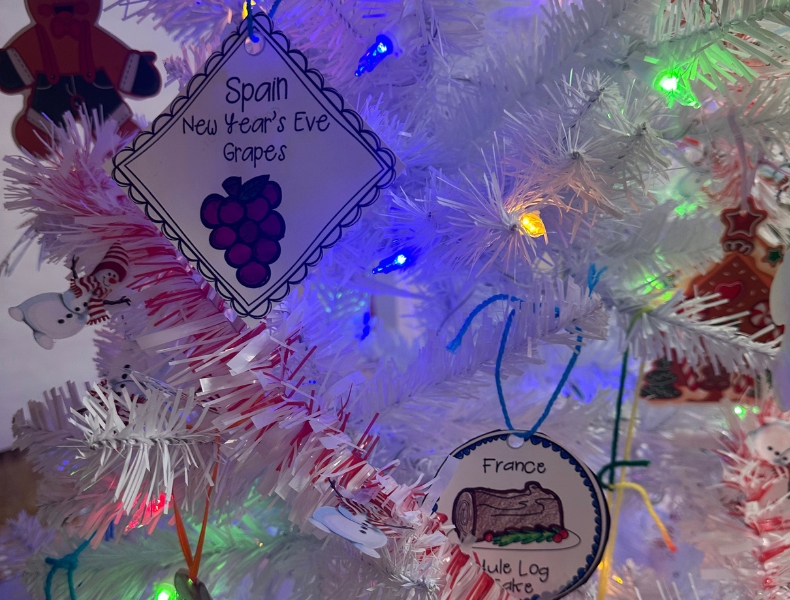At Participate Learning, we are proud to offer our dual language program in schools across North Carolina, South Carolina, and Virginia. We believe that immersing students in a new language and culture from a young age is an invaluable experience. Students leave our programs with not only bilingual and biliteracy skills but also cultural awareness, empathy, and acceptance of others.
With COVID-19 keeping many of us in our homes, students are having to adapt to learning in a new environment. However, schooling from home does not mean that cultural immersion is out of reach! Read on to discover five ways to continue to culturally immerse your child from home.
1. Find a conversation partner.
One of the most important ways to maintain language skills is by continuing to use the target language as frequently as possible. Consider utilizing technology like FaceTime or Zoom, and encourage students to talk with their teacher or classmates at least once a day in the target language. It is a fun way for students to keep in touch with one another and will prevent language loss.
Another way students can communicate in the target language is through pen pals. Whether it is a classmate or a friend in another country, encourage students to practice writing in the target language and mail letters. Both speaking and writing help students learn colloquial phrases and deepen their understanding of another culture.
2. Stay up to date on news and current events.
For students learning about specific countries in school, find news articles they can review about the affairs and cultural current events in the country of focus. For more advanced students, consider finding news sources that are written in the target language.
Current events can be used to teach useful lessons in many subjects including economics, medicine, and global affairs. Using real-world topics and applying them to what students are already learning keeps information relevant and interesting.
3. Label your home.
With the majority of our time currently being spent inside the house, students are interacting with the same spaces on a daily basis. Using masking tape and a sharpie, go around and label objects in your home using the target language. This helps language students associate words with the visual of the object and reinforces vocabulary.
Once students become more familiar with the words, consider quizzing them informally during the day or at mealtime and see how they are progressing. When they have mastered the first set of labels, try labeling other items to grow their exposure to more vocabulary words.
4. Cook a meal.
Cooking with your family is a fun way to spend time together to break up the day. Have students do research online to learn about different traditional meals in the country of focus. Let them choose a recipe to make as a family. Trying new cooking techniques and different flavors gives students insight into the daily life of people in the culture of focus.
For more advanced students, try cooking a recipe that is in the target language. Students can practice their speaking and comprehension skills by reading the instructions aloud and following the recipe. This activity supports students in both language and cultural immersion.
5. Listen to music and watch movies.
A great way to be immersed in a new culture and language is by listening to music and exploring popular artists in the target language and culture. Listening to music in a new language helps to develop listening skills, and it introduces students to what the style of music sounds like in the particular culture they are studying.
Watching movies is a fun way to experience cultural immersion as well because the costumes, food, location, and language all contribute to the mental picture of what the culture looks like. For movies in the target language, try watching it without subtitles the first time and then watch it another time with subtitles to see if the student was able to understand the movie.
For more information on how Participate Learning can support you with at-home learning, read this blog post about parents as teachers, and check out this community of practice from our sister company, Participate Inc.




